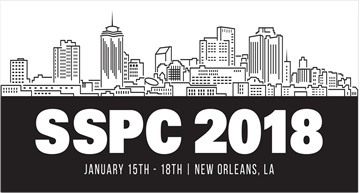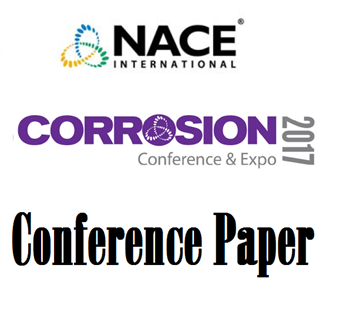Search
Individual Conference Papers
View as
Sort by
Display
per page
Naval Aviation Environmental Severity Correlation
Product Number:
51322-17808-SG
Publication Date:
2022
$20.00
Naval Sea Systems Command and the National Surface Treatment Centers Preservation Technical and Quality Assurance Assessment Program
Product Number:
41205-206-SG
Publication Date:
2005
$20.00
Necessity and Challenges of Using a Float Coat for Preservation of Ballast Tanks
Product Number:
51317--9366-SG
ISBN:
9366 2017 CP
Publication Date:
2017
$20.00
New Technology: Coatings Inspection Instrumentation
Product Number:
51218-108-SG
Publication Date:
2018
$20.00
New Additives for Environmentally Friendly Coatings
Product Number:
41206-236-SG
Publication Date:
2006
$20.00
New Additives for Today’s Modern Coatings
Product Number:
41213-738-SG
Publication Date:
2013
$20.00
New Advances in Corrosion Protection: Powder Coating of PEKK
Product Number:
51324-20610-SG
Publication Date:
2024
$40.00
New Advances in Epoxy Protective Coatings
Product Number:
41216-983-SG
Publication Date:
2016
$20.00
New Anti-Fouling Technology Applied to Prevent the Growth of Invasive Species on the Southern Delivery Project in Pueblo, Colorado
Product Number:
41213-725-SG
Publication Date:
2013
$20.00
New Approach on Iron Sulfide Scale Modeling and Prediction at pH 4-7
Product Number:
51320-14532-SG
Publication Date:
2020
$20.00
New Architectural Coatings Technology Targeted At Stricter Hospital Infection Protocols
Product Number:
41212-704-SG
Publication Date:
2012
$20.00
New Axially Loaded Full Ring Test Method for Assessment of Susceptibility of Girth Welds and Parent Pipe to Sour Service Cracking
Product Number:
51317--8965-SG
ISBN:
8965 2017 CP
Publication Date:
2017
$20.00












